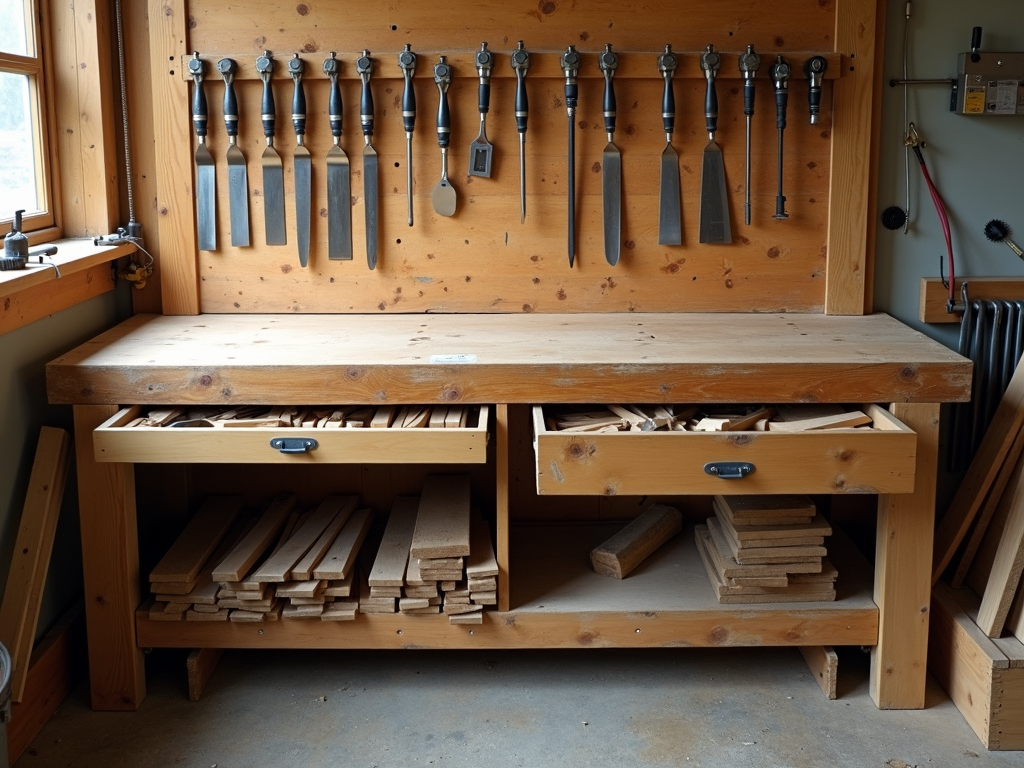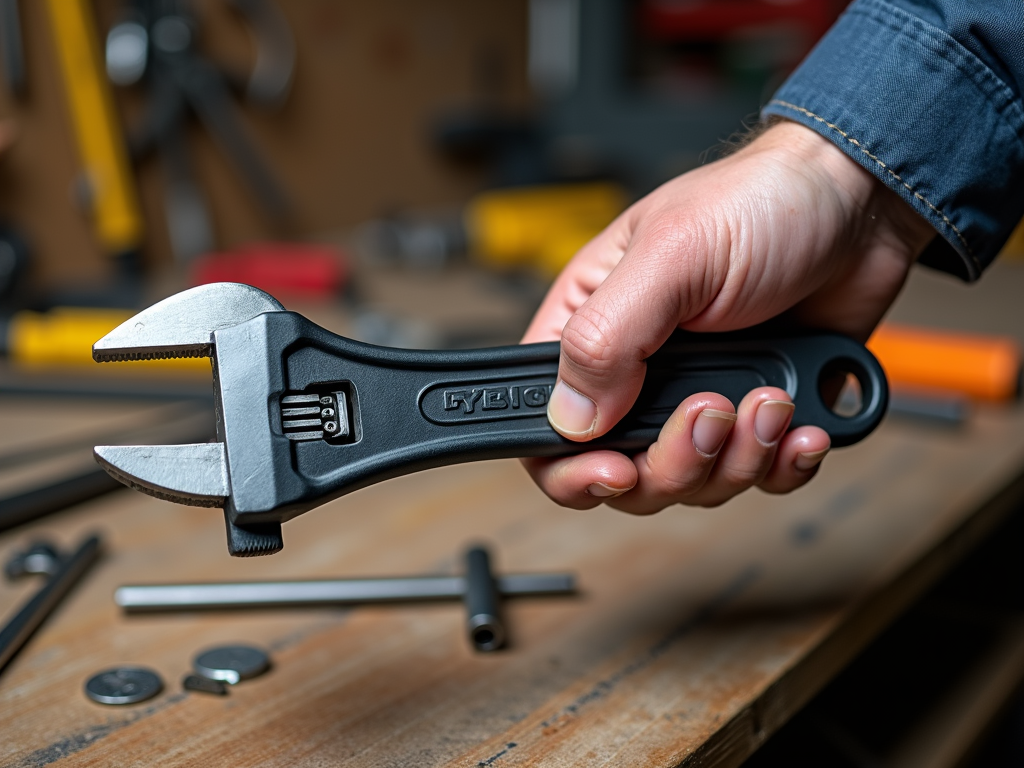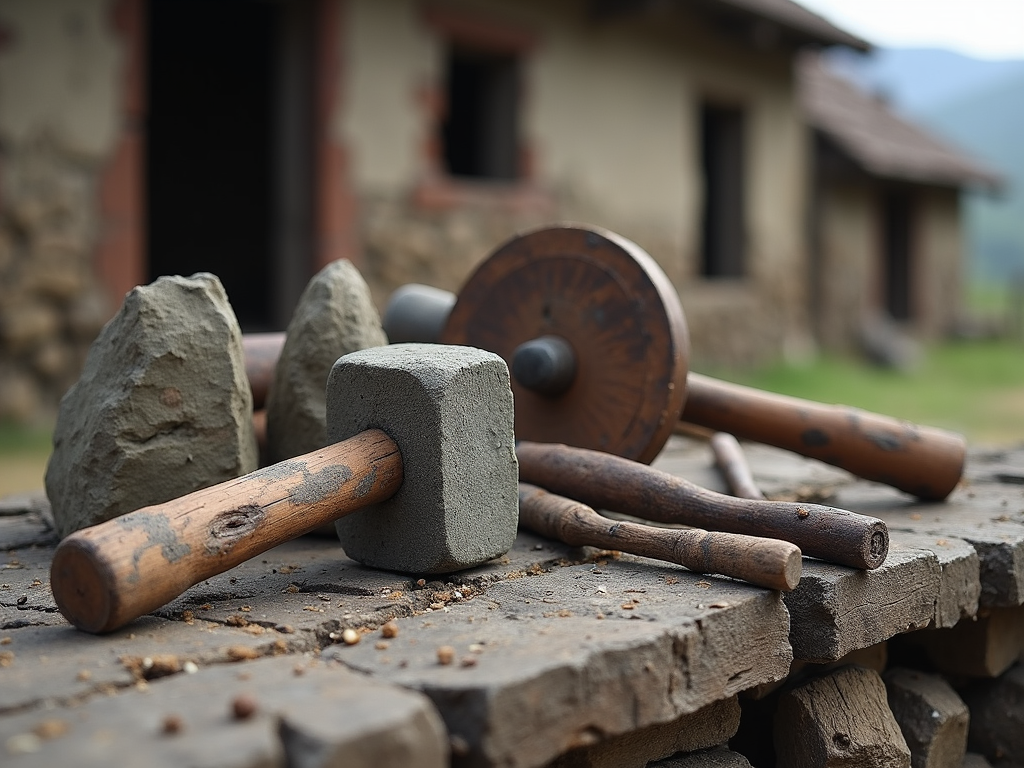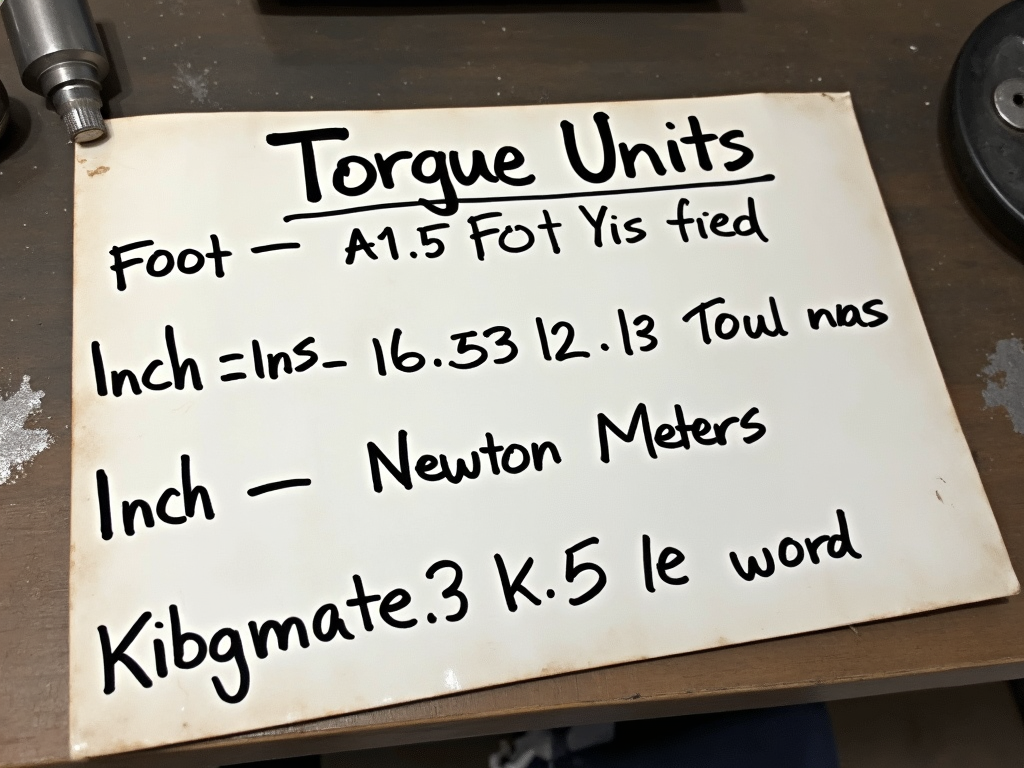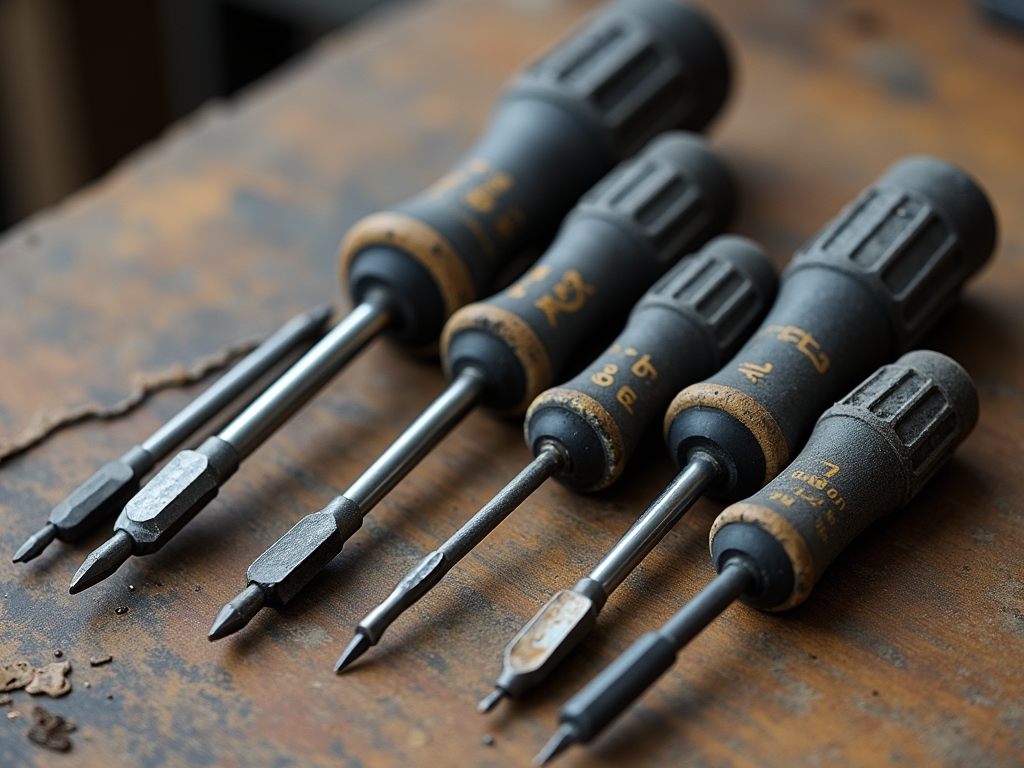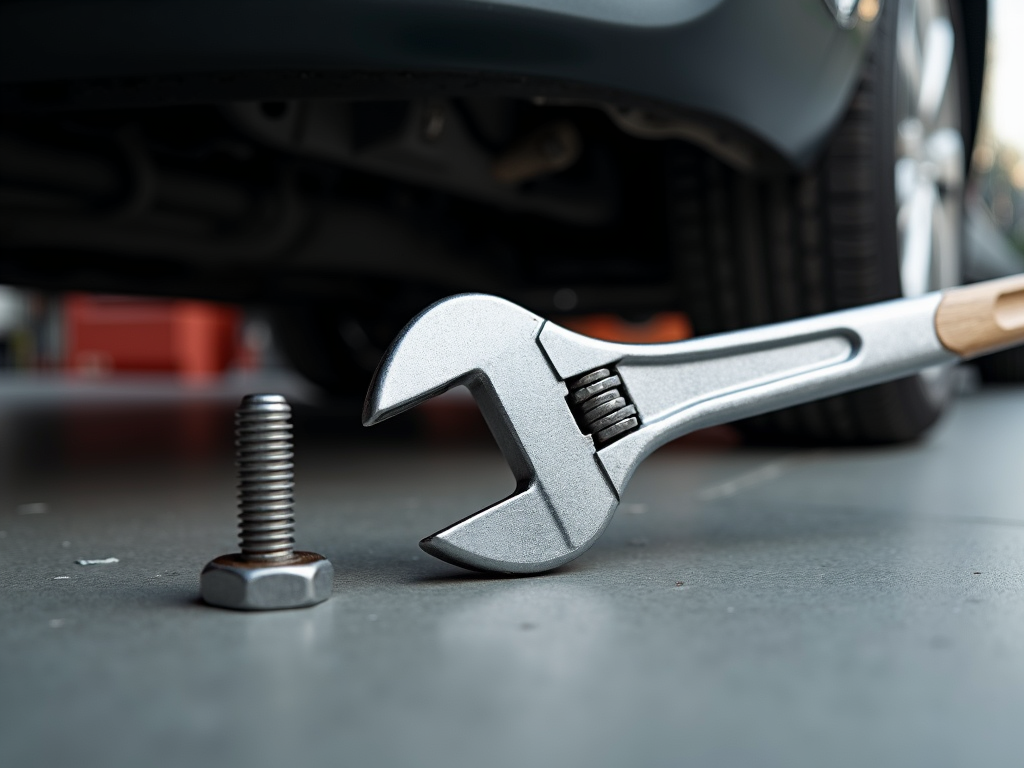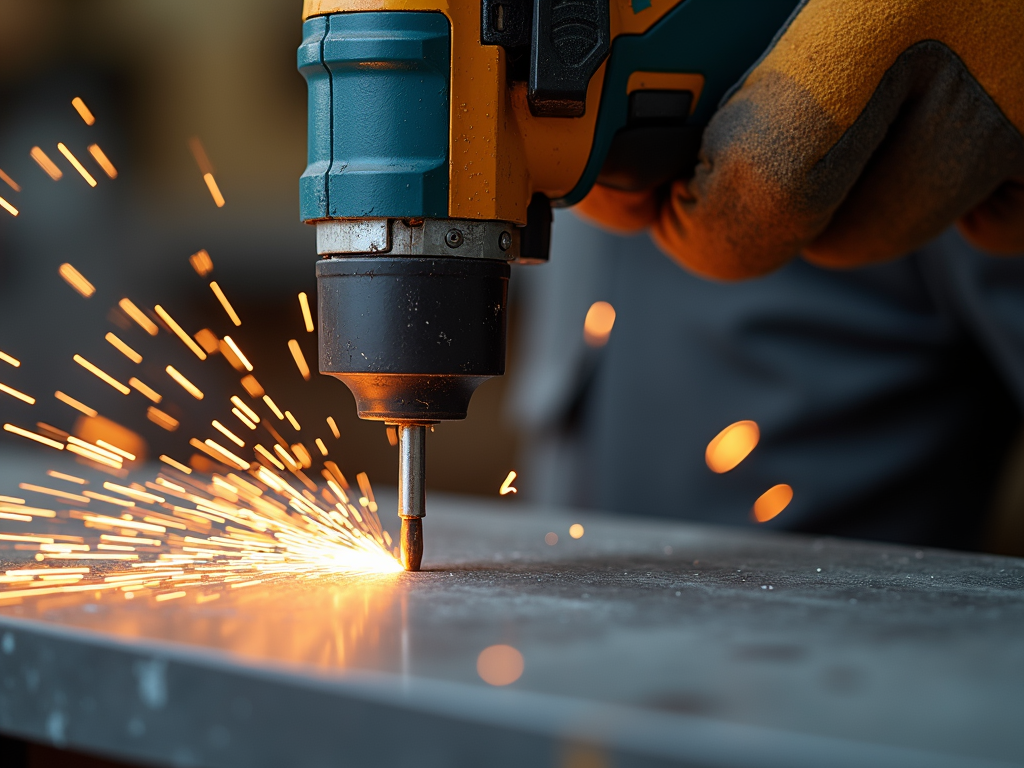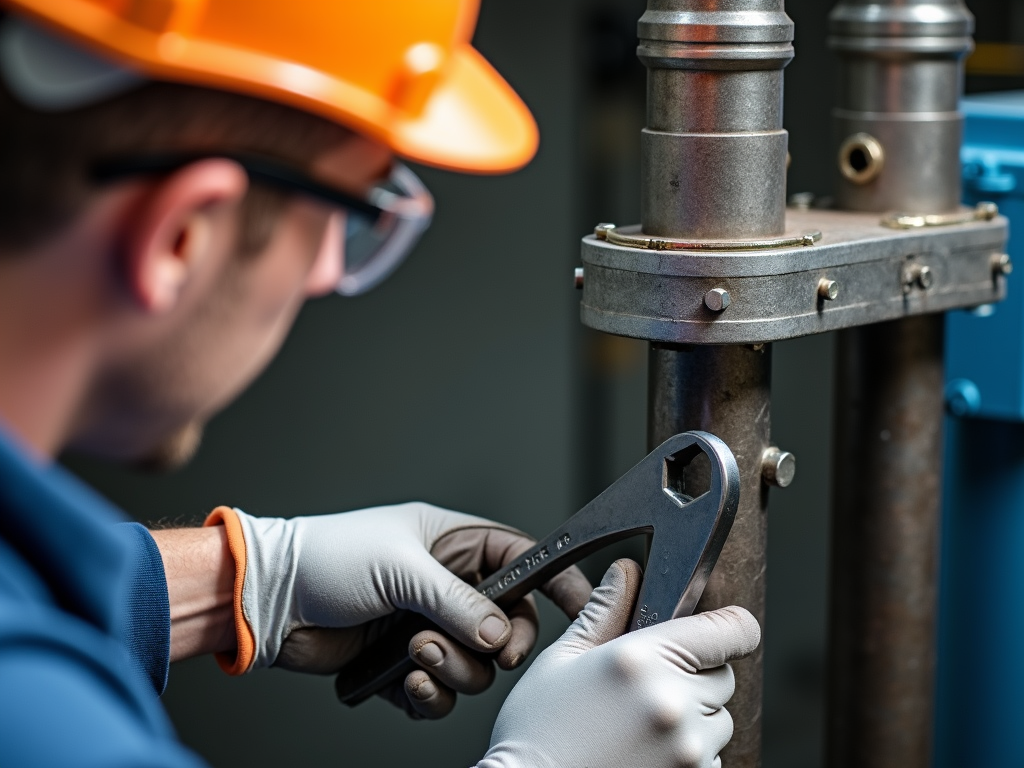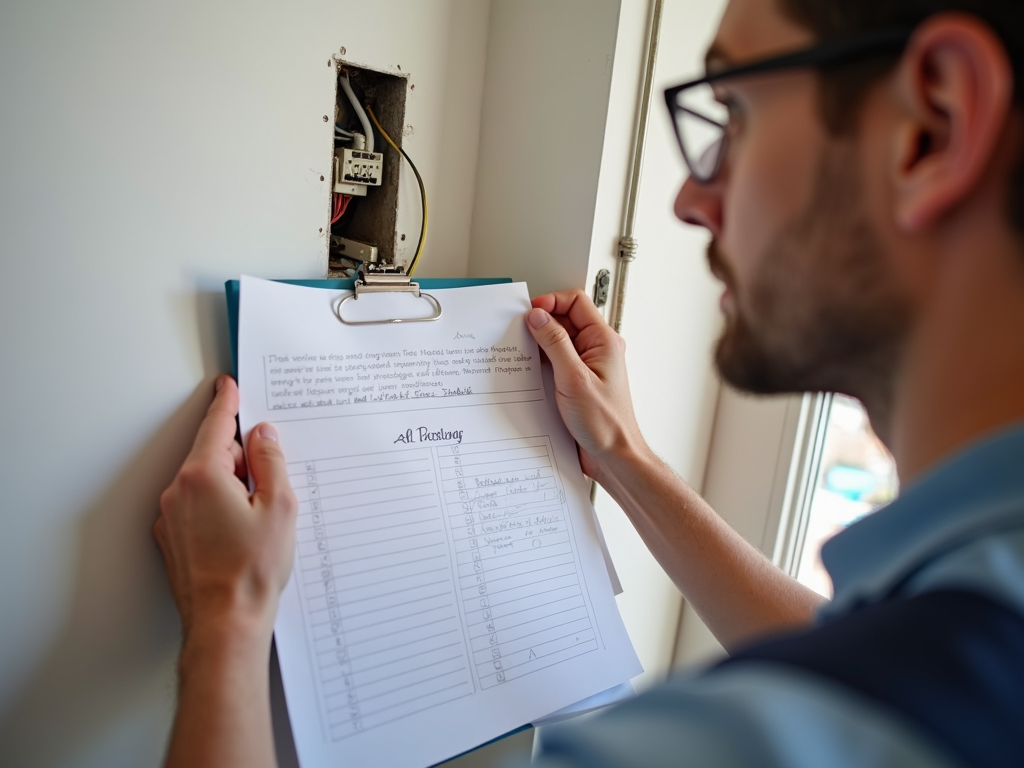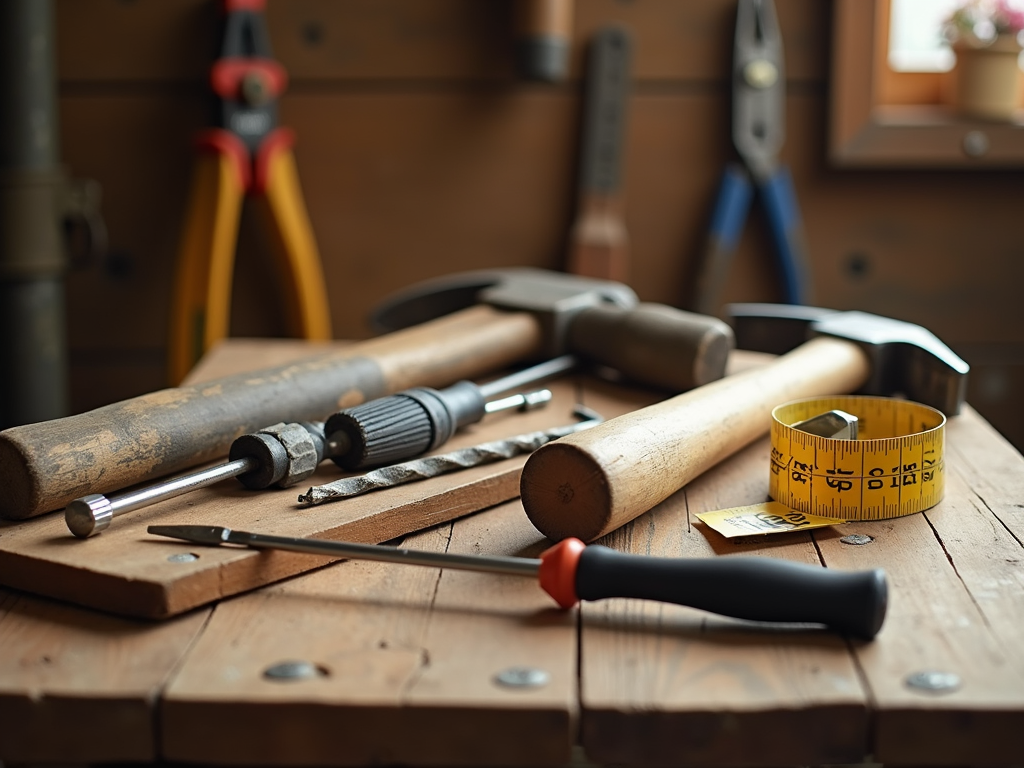Starting a new project can feel exciting yet daunting, especially if you’re a beginner. This guide, Essential Tools for Beginners: A Comprehensive Guide, simplifies the process by listing key tools, explaining their uses, and sharing maintenance tips. Get ready to build your skills and confidence with the right gear!
Why the Right Tools Make a Difference
Tools aren’t just objects; they’re your partners in getting things done. For beginners, having the right workman tools saves time, boosts safety, and makes tasks enjoyable. This guide covers everything you need to start strong and grow your abilities.
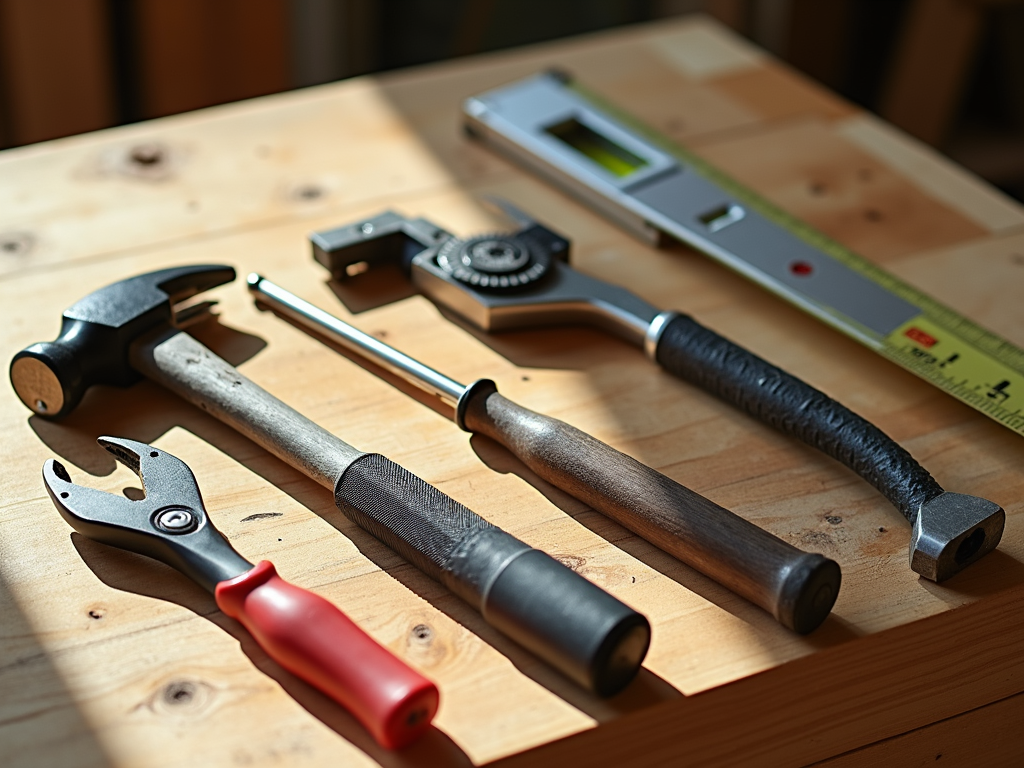
Must-Have Workman Tools for Beginners
Here’s a breakdown of the essential tools every beginner needs. Each one is simple to use and vital for basic projects like fixing a shelf or assembling furniture.
1. Hammer
A hammer drives nails into wood or pries them out. It’s a must for any toolkit. I recommend a 16-ounce claw hammer—it’s light enough to handle but strong enough for most jobs.
Tip: Hold it near the end of the handle for better control and power.
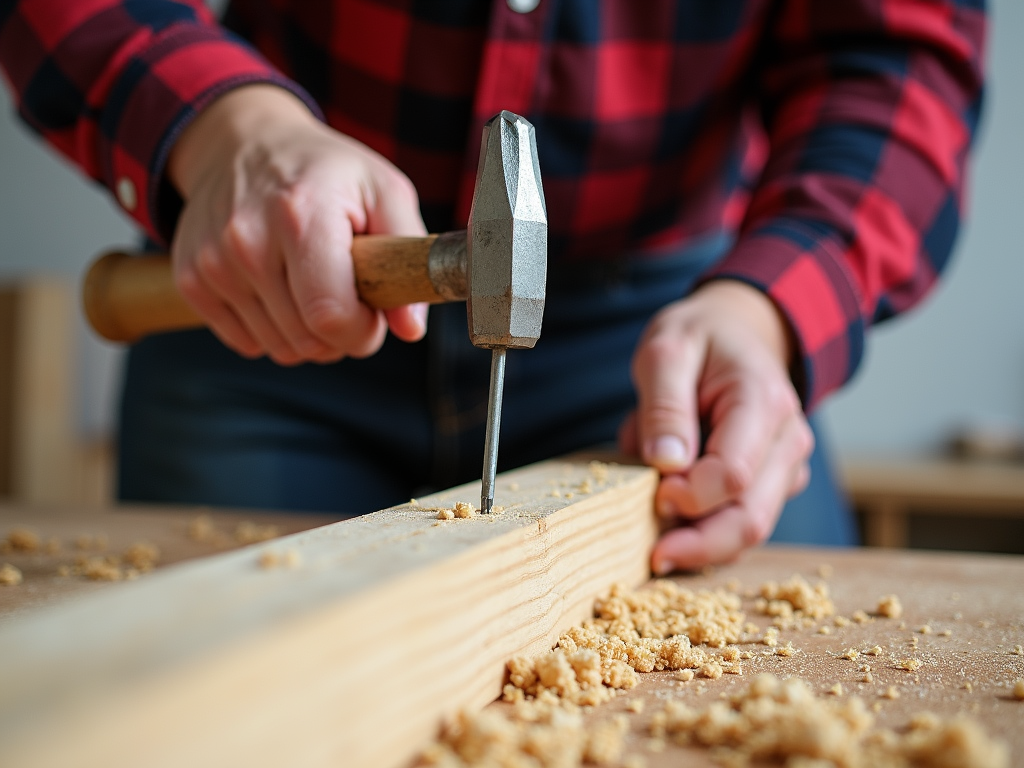
2. Screwdriver Set
Screwdrivers tighten or loosen screws—a daily task for any beginner. Get a set with flathead and Phillips heads in small and large sizes. Magnetic tips are a bonus for tiny screws.
Tip: Match the screwdriver to the screw size to avoid damage.
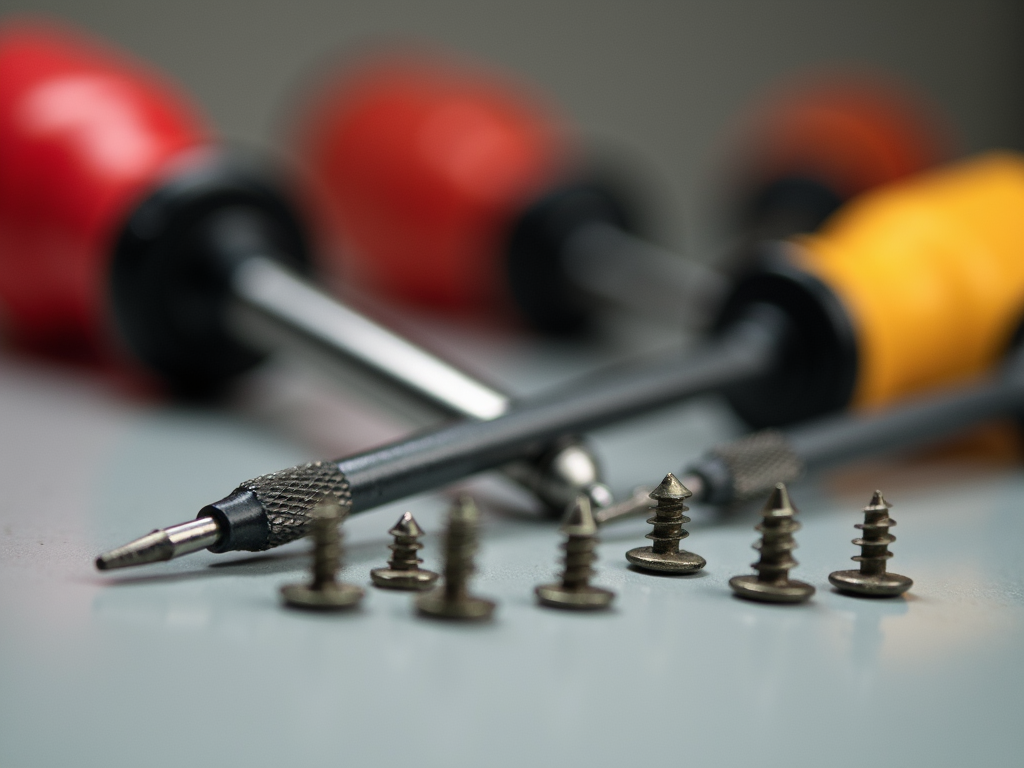
3. Pliers
Pliers grip, twist, or cut wires and small items. Start with needle-nose pliers for detailed work and slip-joint pliers for bigger tasks.
Tip: Use both hands for tough cuts—one to hold, one to squeeze.
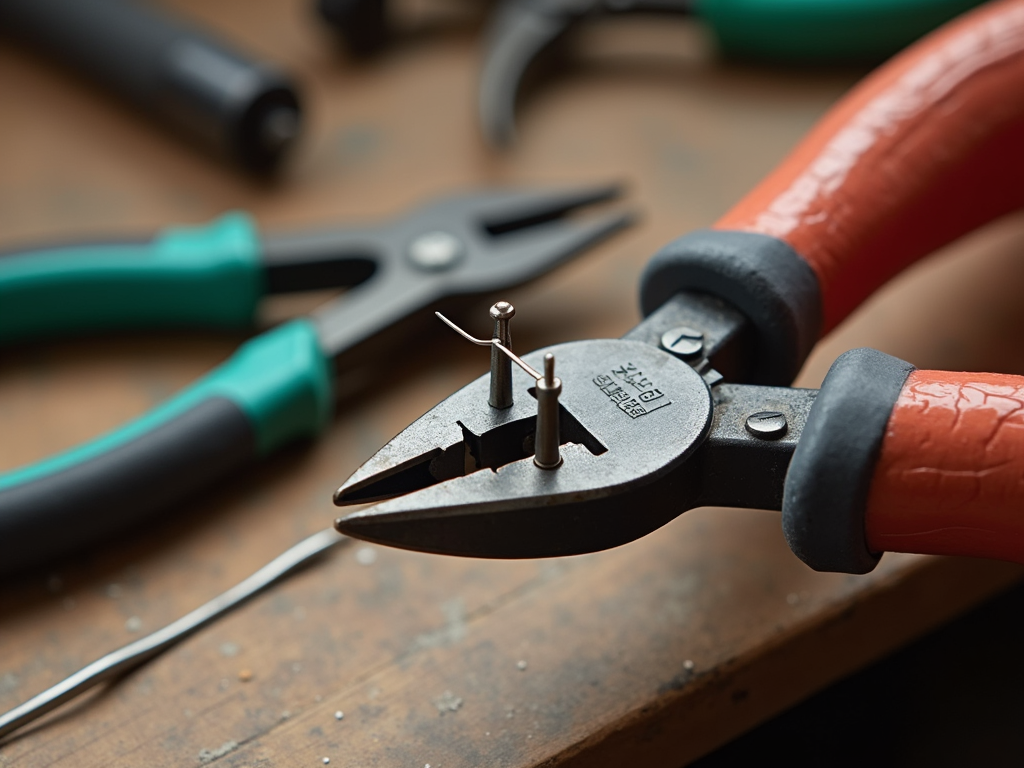
4. Tape Measure
Accurate measurements are key to success. A 25-foot tape measure with clear markings (imperial and metric) is perfect for beginners.
Tip: Lock the tape in place to prevent it from snapping back unexpectedly.
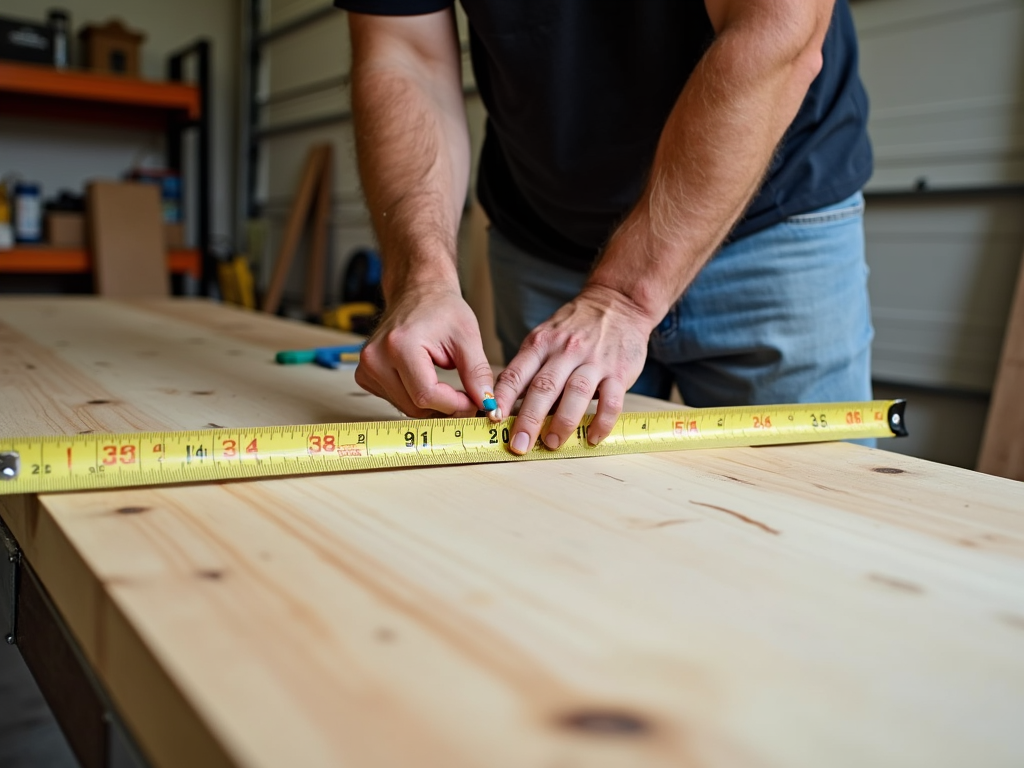
5. Level
A level keeps things straight—think shelves or picture frames. A small bubble level works fine for most beginner projects.
Tip: Check it in both directions to ensure accuracy.

Toolboxes: Your Tool Home
A toolbox keeps your workman tools for beginners organized and safe. Choose a sturdy one with compartments—small to medium size is best for starters. It’s a game-changer for finding tools fast.
Tip: Add silica packets inside to keep moisture away.
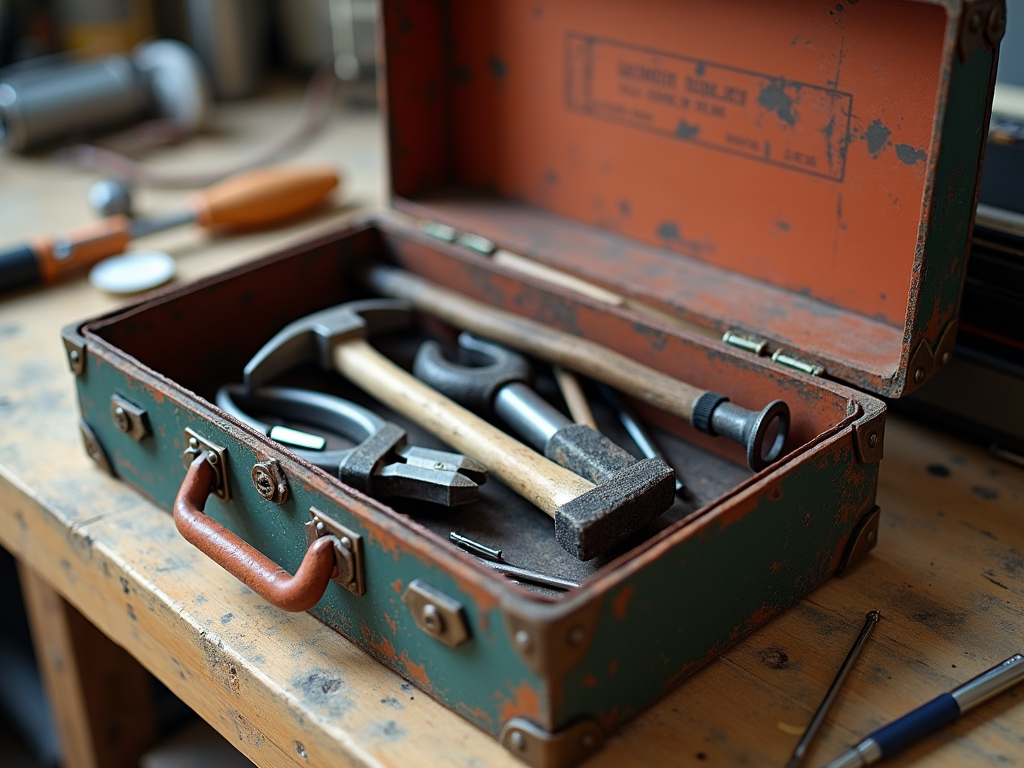
How to Maintain Your Tools for Longevity
Taking care of your tools ensures they last. Here’s how to keep them in top shape:
- Clean After Use: Wipe tools with a dry cloth to remove dirt. For sticky stuff, use a mild cleaner.
- Store Smart: Keep them in a dry toolbox or on a pegboard. Moisture is the enemy of metal.
- Check Regularly: Look for cracks or rust. Fix small issues before they grow.
- Oil Moving Parts: A drop of oil on pliers or wrenches keeps them smooth.
For more detailed advice, check out this tool care guide from Oregon State University—it’s packed with practical tips.
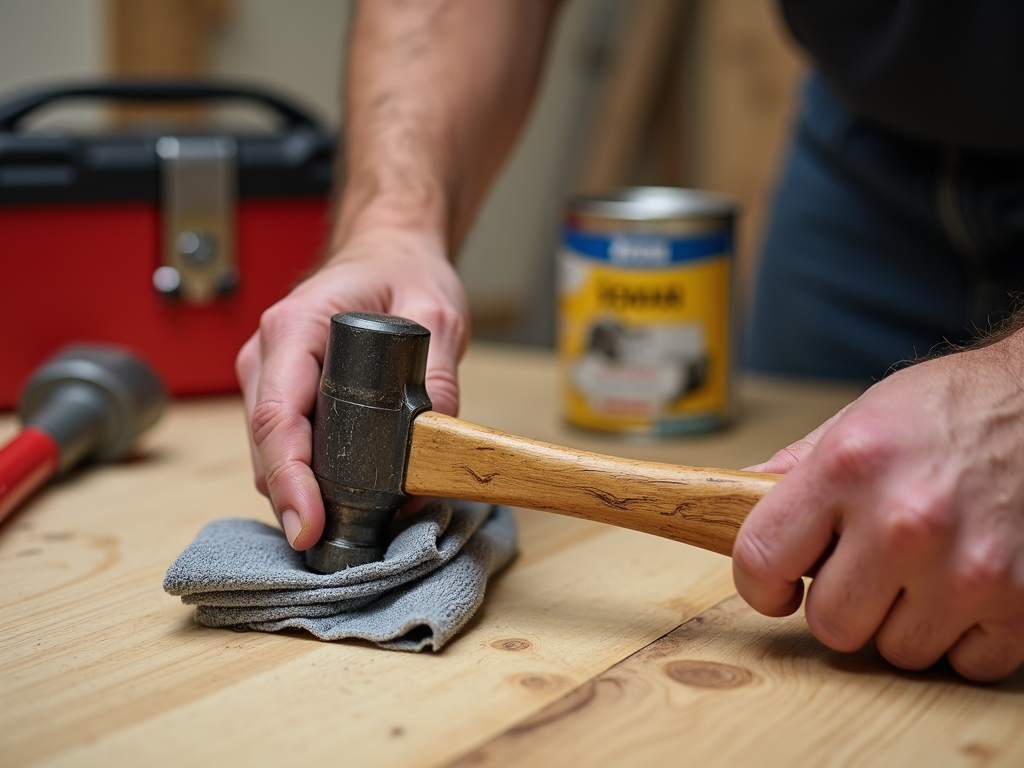
Advanced Tool Maintenance Techniques
Ready to level up? These advanced tool maintenance techniques will make your tools last even longer:
- Sharpen Blades: Keep cutting tools like chisels sharp with a sharpening stone. A dull tool is harder to use.
- Prevent Rust: Coat metal tools with light oil or a rust inhibitor. The National Park Service explains rust prevention well.
- Care for Handles: Rub wooden handles with linseed oil to stop cracking.
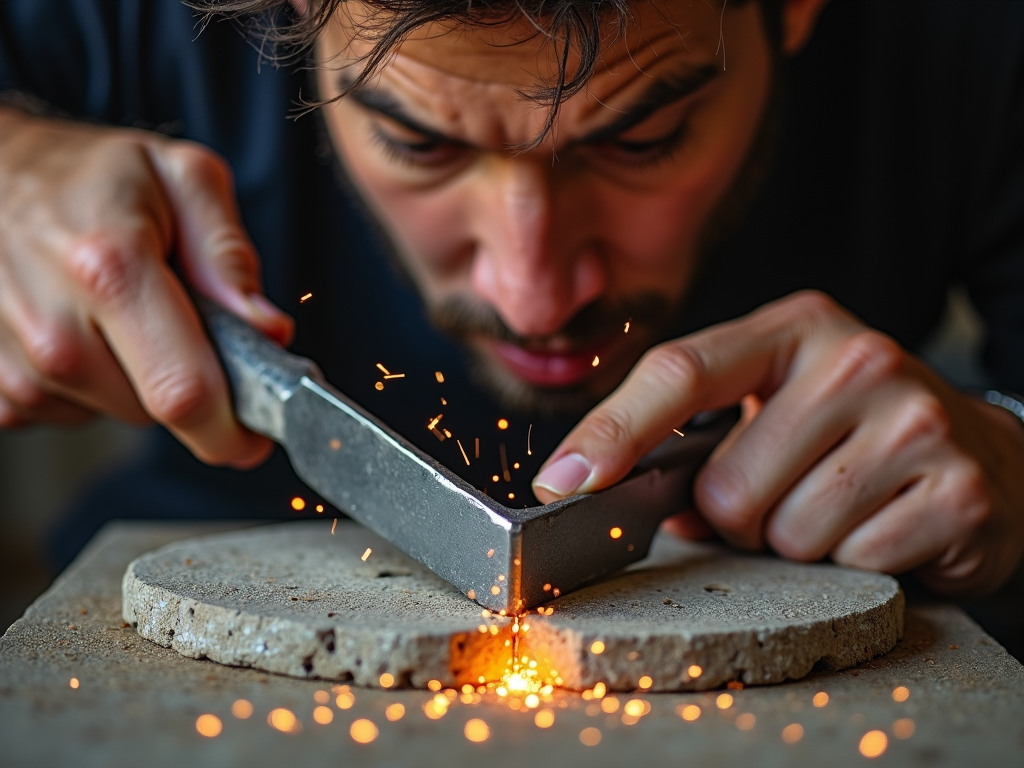
My Journey with Tools
When I started, I had just a hammer and a cheap screwdriver. My first project—a wobbly stool—taught me the value of a level. Over time, I’ve learned that quality tools and care matter more than quantity. My toolbox now feels like a trusted friend, and maintaining it is a habit I enjoy.
One memory sticks out: I once left my pliers outside overnight. The rust was a pain to remove, but it was a lesson in storage. Now, I always clean and store my tools right after use—it’s simple and saves headaches.
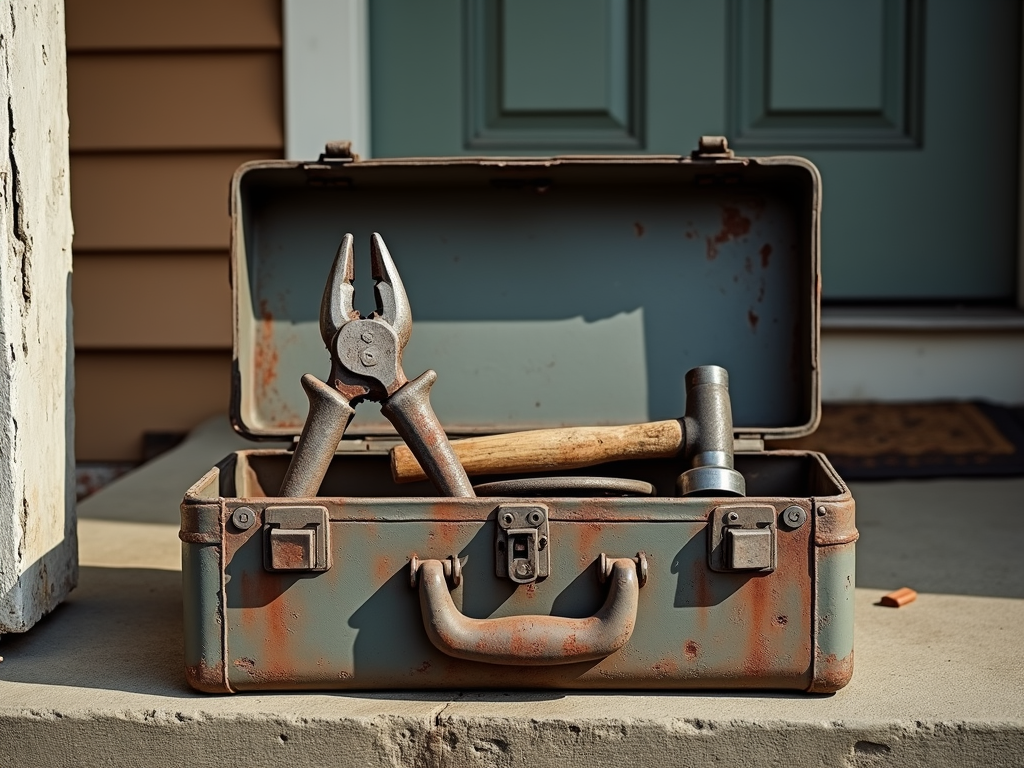
Tool Comparison Table
Here’s a quick look at the tools covered:
| Tool | Main Use | Beginner Tip |
|---|---|---|
| Hammer | Driving nails | Wear safety glasses |
| Screwdriver | Tightening screws | Match the size to the screw |
| Pliers | Gripping/cutting | Use close to the jaws |
| Tape Measure | Measuring | Keep it taut |
| Level | Ensuring straightness | Double-check both ways |
Summary
Building your toolkit as a beginner is exciting and practical. This Essential Tools for Beginners: A Comprehensive Guide has covered key workman tools, toolboxes, and how to maintain your tools for longevity. Start small, care for your gear, and watch your skills grow. Dive in and enjoy the process!
Related Essential Tools for Beginners: A Comprehensive Guide:
- Maximizing Small Workshop Spaces: A Workman's Guide to Efficiency
- Ergonomic Wrenches for Reducing Hand Strain: A Comprehensive Guide
- The Evolution of Workman Tools: From Past to Present
- Understanding Torque Specifications: A Comprehensive Guide
- Top 10 Essential Tools for Every DIY Enthusiast
- Essential Wrenches for Automotive Repair: A Mechanic’s Guide
- Choosing the Right Drill Bits for Electrical Installations: A Comprehensive Guide
- The Beginner's Guide to Essential Workman Tools
- Staying Safe with Hand Tools
- Understanding Multimeters: Features and Usage
- How to Choose the Right Electrical Tools for Your Project
- DIY Projects You Can Tackle with Basic Hand Tools
